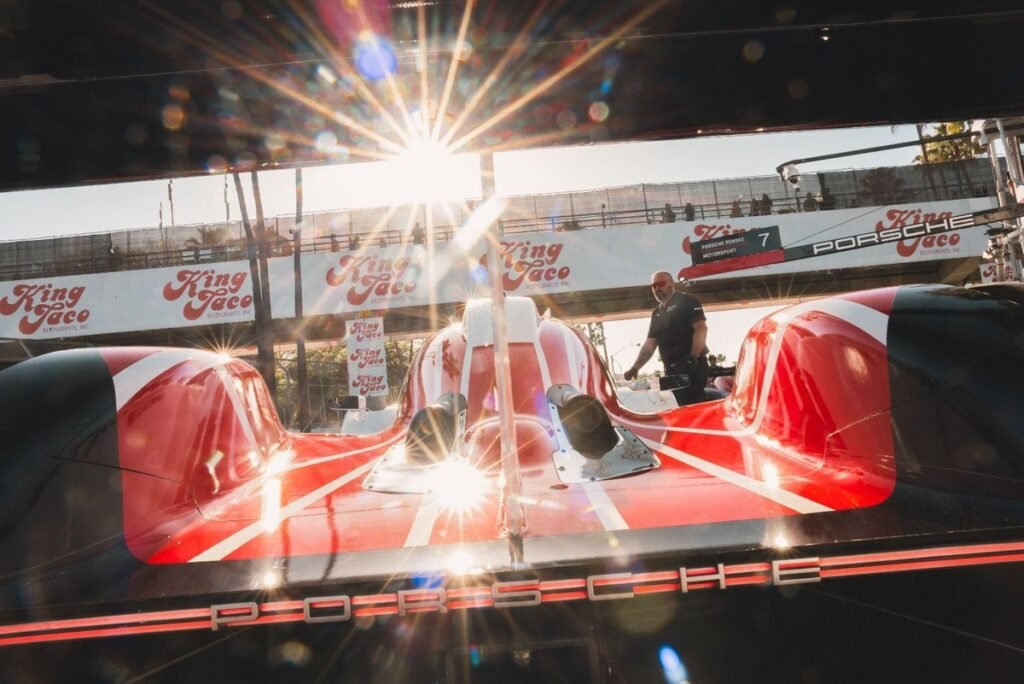2025 Long Beach Grand Prix: Insights from Patrick Long on Modern GT Racing
Long Beach, CA – As the 2025 Long Beach Grand Prix unfolded, motorsport luminary Patrick Long reflected on the evolution of sports car racing—a field he knows intimately as a two-time Le Mans class winner and three-time ALMS champion. Despite retiring four years ago, Long’s presence in the IMSA paddock is ever palpable, drawing both fans and industry figures alike.
"The level has gotten so high with this era of youngsters," Long observed, highlighting the competitive landscape where talent is commonplace. He noted, however, that "wisdom versus knowledge" remains crucial for distinguishing elite drivers. This sentiment underscores the challenges posed by advancements in technology and racing simulations that enable quick acclimatization for modern drivers.
Long provided insights into the technical advancements in GT racing, particularly between GTD and GTP classes. He illustrated how current FIA GT3 cars are engineered closer to prototypes, enhancing both their construction and suspension capabilities. Comparing the modern 911 GT3R with previous models, he emphasized, "A modern GT3 car is so technologically advanced… the suite of technology available to drivers makes the task of optimizing a different game."
At the event, Long toured the paddocks of several Porsche teams, including Wright Motorsports and Porsche Penske Motorsport (PPM). He noted the stark contrasts in operations: Wright’s team operates with precision in a customer environment while PPM employs extensive resources akin to a Formula 1 setup. This difference was reflected in performance; PPM has clinched three consecutive victories this season, demonstrating the effectiveness of their well-resourced approach.
Detailed performance metrics unveiled intriguing aspects of race dynamics. For instance, driver weight significantly influences lap times, as demonstrated by a seven-tenths of a second difference between Wright Motorsports teammates attributed to this factor. The granularity of data analyzed by engineers supports continuous optimization throughout race weekends.
Long’s admiration for sports car racing remains evident, as he acknowledged its distinct nature compared to formula racing. When asked which car he’d want to drive again, he unequivocally chose the H-pattern 996 RSR, reaffirming his enduring connection to the sport.
As the paddock buzzed with anticipation and preparation, the evolution of IMSA reflects a broader trend in motorsports—balancing technological advancement with traditional racing instincts, a duality that continues to shape the future of the sport.


